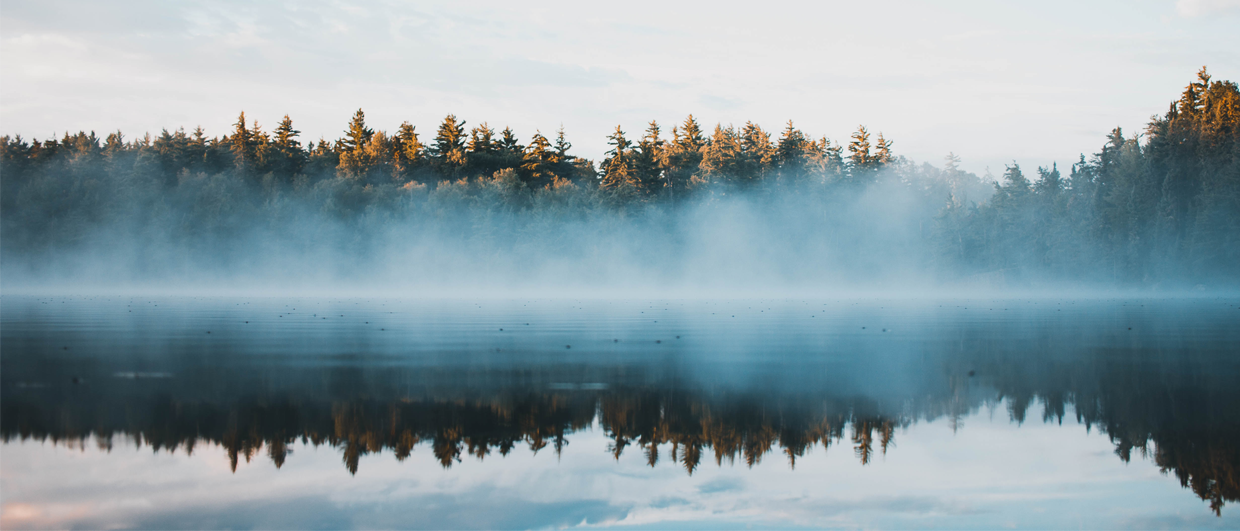Approved in 2002, the Yucca Mountain Nuclear Waste Repository in Nevada, US, looked to become the country’s final destination for high-level radioactive waste for quite a few years. Until 2011, when funding for the project was stopped under the Obama administration. Throughout its entire planning phase, the Yucca Mountain Repository was heavily contested by the public and politicians alike. Now, in 2023, the US is still without a long-term solution for its nuclear waste and the beginning of the end is not even in sight.
The Canadians must have seen events unfold in the US. And they must have concluded that another approach was required to build their own geological repository for nuclear waste. One that has the support of the greater community and the buy-in from locals. I spoke to a representative of the Canadian government at the EAGE Annual in Vienna in May. He explained how his government has indeed taken a radically different approach to the US, where the selection of the site was much more a top-down approach.
Invitations only
The Canadian government invited local communities to volunteer hosting a nuclear waste disposal site in their areas. Not only one offer was received, but 22 communities expressed interest in hosting the site. This all took place between 2010 and 2012. Now, more than ten years later and after a careful process of narrowing down the list, two areas remain – the Wabigoon Lake Ojibway Nation – Ignace area and the Saugeen Ojibway Nation – South Bruce area, both in Ontario, southern Canada.
Contrasting geology
In order to better study the geology of the two sites in Ontario, the Nuclear Waste Management Organization (NWMO) completed a deep borehole drilling programme last year that retrieved around 8 kilometers of core from the subsurface. Many reports on the results of the drilling campaigns can be found on the NWMO website, along with a whole raft of other technical documents dating back to 2007.
The two remaining areas have very different geological settings; the Ignace area is part of the Canadian Shield and is characterised by the 2.7 billion years old Revell Batholith whilst the South Bruce area is a sedimentary basin with a long history of oil and gas exploration. It seems logical that the NWMO deliberately chose two areas with very different geology in order to keep options open when it comes to suitability.
Close to borders
Looking at the locations of the two sites in Canada, it is somewhat striking to see that they are both situated close to the border with the US. A similar thing is apparent in Switzerland, where NAGRA is progressing with their Nördlich Lägern site to build a geological repository in the north of the country. It is also very close to a border, with Germany in this case. Is there a pattern here? Especially in a vast country such as Canada, surely it should have been possible to select an area a little further away from the US? Or is the geology always just better near the border?



